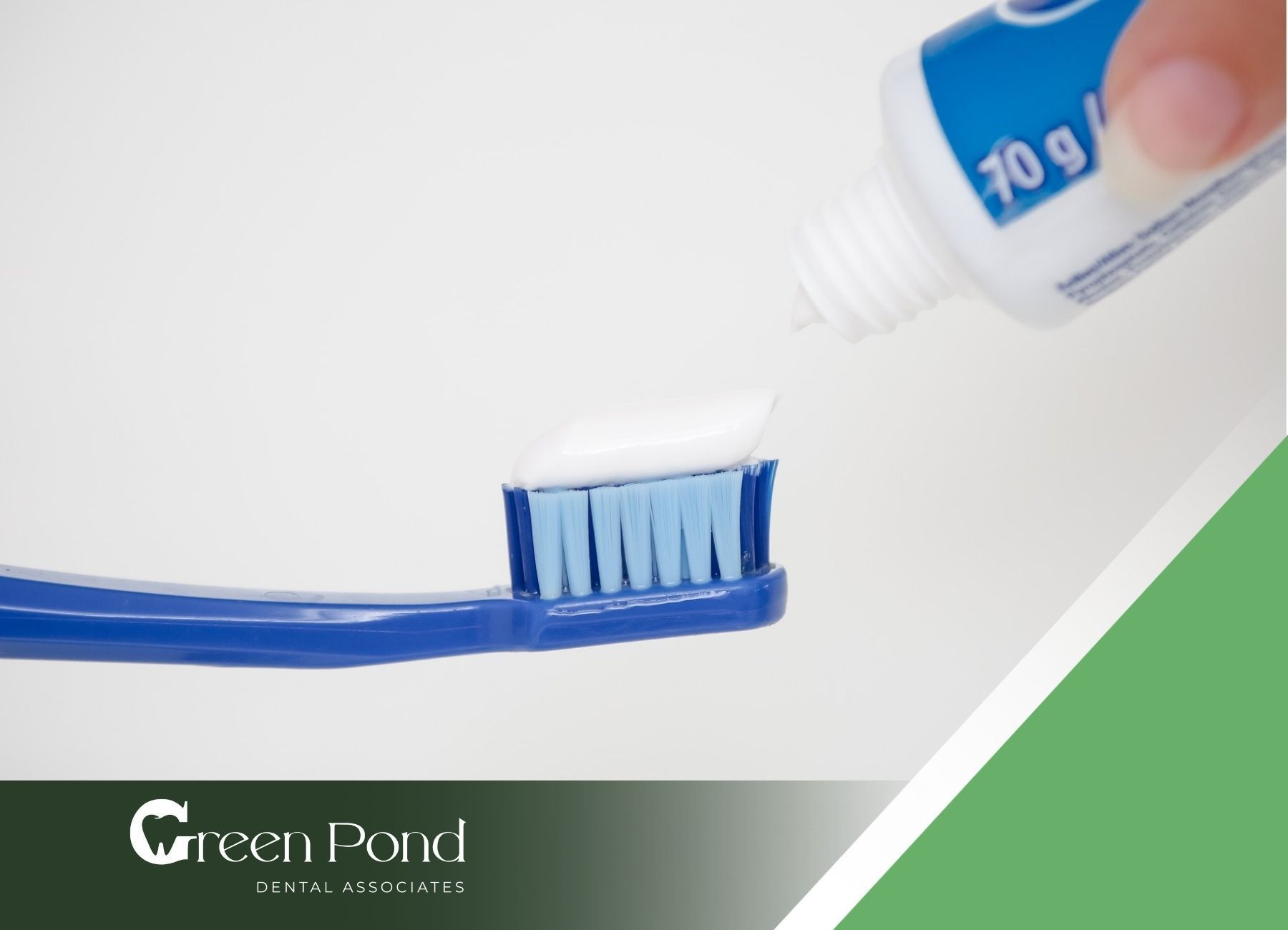What Happens If a Blood Clot Comes Out After Tooth Extraction?
Tooth extraction is a common dental procedure, but it can come with potential risks and complications. One such complication is the loss or dislodgement of the blood clot that forms in the socket after the tooth is removed. This blood clot is crucial for proper healing and protection of the bone and nerves underneath. If the clot is dislodged, it can lead to a condition known as dry socket, which can cause severe pain and delay the healing process.
In this article, we will discuss the importance of the blood clot, what happens when it comes out, the causes, symptoms, prevention, and treatment of dry socket, as well as tips for proper aftercare to minimize the risks.
What is the Blood Clot After a Tooth Extraction?
After a tooth extraction, the body naturally forms a blood clot in the empty socket. This clot is a critical part of the healing process. It serves multiple purposes:
- Protection: The blood clot covers the exposed bone and nerves, protecting them from air, food, and bacteria.
- Healing Aid: The clot acts as a foundation for new tissue growth and helps the gums heal.
- Infection Prevention: By sealing the socket, the clot prevents food particles and bacteria from entering the wound, which reduces the risk of infection.
The blood clot is essential for preventing dry socket, a painful condition that occurs when the clot is dislodged or dissolves prematurely.
What Happens If the Blood Clot is Dislodged?
If the blood clot becomes dislodged or dissolves before the healing process is complete, the underlying bone and nerves are exposed. This condition is known as dry socket. Without the protective clot, the healing process is disrupted, leading to several potential complications:
Severe Pain
One of the hallmark signs of dry socket is intense pain. The pain often begins a few days after the extraction and may increase in intensity. It can feel like a dull ache that turns into a sharp, throbbing pain, often radiating to the ear, eye, or neck on the same side of the face. This pain can last for several days and may not subside without intervention.
Delayed Healing
The blood clot is necessary for the formation of new tissue and for protecting the extraction site. Without it, the wound may not heal properly, leading to prolonged recovery times and possible complications. You may notice that the extraction site does not heal as quickly as expected, or it may remain open and vulnerable to infection.
Increased Risk of Infection
With the blood clot gone, the extraction site becomes susceptible to bacteria, food particles, and other debris. This increases the risk of developing an infection in the socket, which can further complicate healing and require additional treatment.
Visible Bone
In some cases, when the blood clot is lost, you may be able to see the exposed bone in the extraction site. This is a clear sign that the clot has been dislodged and the wound is not healing as it should. The bone may be painful and sensitive to touch, air, and food.
Causes of Blood Clot Dislodgement
Several factors can contribute to the dislodgement of the blood clot after a tooth extraction:
Physical Activity
Strenuous physical activity, especially within the first 24-48 hours, can increase blood flow to the mouth and dislodge the blood clot. Activities such as lifting heavy weights, bending over, or engaging in high-impact exercises can cause the clot to shift or be disturbed.
Smoking
Smoking after a tooth extraction is one of the most common causes of dry socket. The suction created when inhaling smoke can dislodge the blood clot, while nicotine reduces blood flow to the extraction site, impeding the healing process. Smokers are more likely to experience dry socket compared to non-smokers.
Vigorous Oral Hygiene Practices
While it is important to maintain good oral hygiene after a tooth extraction, vigorous rinsing, spitting, or brushing near the extraction site can dislodge the blood clot. It’s important to follow the dentist’s instructions on how to care for your mouth during the recovery period to avoid disturbing the clot.
Eating Hard or Crunchy Foods
Consuming hard, crunchy, or sticky foods too soon after the extraction can physically disturb or dislodge the blood clot. Foods like chips, nuts, or hard vegetables can place unnecessary pressure on the extraction site, which may cause the clot to come out.
Alcohol Consumption
Drinking alcohol after a tooth extraction can impair the healing process and increase the risk of dry socket. Alcohol can cause dehydration, which slows the healing process, and it can also interfere with the effectiveness of pain medications prescribed by your dentist.
Symptoms of Dry Socket
Dry socket can occur if the blood clot becomes dislodged, and it presents with several telltale signs and symptoms:
Severe Pain
Pain is the primary symptom of dry socket. The discomfort may start a few days after the extraction and often becomes progressively worse. The pain may be sharp and constant, radiating to other parts of the face, like the ear, eye, or neck.
Visible Bone in the Socket
When the blood clot is lost, you may be able to see the exposed bone in the socket. The area may appear empty, and you may notice a foul odor or taste in your mouth due to food and bacteria trapped in the socket.
Bad Breath or Unpleasant Taste
The loss of the blood clot exposes the wound, making it more vulnerable to bacterial growth. As a result, dry socket can cause a bad taste in your mouth or foul-smelling breath, both of which are signs of infection.
Delayed Healing
If dry socket occurs, the wound may not heal as quickly as expected. The recovery time may be longer than anticipated, and you may feel like the extraction site is not healing properly.
Prevention of Blood Clot Dislodgement
While some factors are beyond your control, there are steps you can take to minimize the risk of dislodging the blood clot and developing dry socket:
Follow Post-Operative Care Instructions
Your dentist will provide specific aftercare instructions that are critical for preventing dry socket. These guidelines may include recommendations for oral hygiene, diet, and activity restrictions. Be sure to follow these instructions closely.
Avoid Strenuous Physical Activity
For at least 48 hours after your extraction, avoid heavy physical activities, especially those that could increase blood flow or cause pressure changes in your mouth. This includes lifting heavy weights, intense cardio, and any activity that requires bending over.
Don’t Smoke
If possible, avoid smoking for at least 48 hours after your tooth extraction. The suction caused by smoking and the chemicals in cigarettes can interfere with the healing process and increase the risk of dry socket. If you are a regular smoker, consider temporarily quitting during the recovery period.
Maintain Gentle Oral Hygiene
While you should continue brushing and flossing your teeth, be careful not to disturb the extraction site. Gently rinse with a saltwater solution as recommended by your dentist, and avoid vigorous rinsing or spitting.
Stick to Soft Foods
During the recovery period, eat soft foods that are easy to chew and swallow. Avoid hard, crunchy, or sticky foods that can disrupt the blood clot or introduce bacteria into the extraction site. Foods like mashed potatoes, soup, and yogurt are ideal for the first few days after the extraction.
Treatment for Dry Socket
If you do experience dry socket, prompt treatment is necessary to manage the symptoms and prevent complications:
Medicinal Dressings
Your dentist may place a medicated dressing or paste in the extraction site to soothe the pain and promote healing. These dressings are designed to alleviate discomfort, reduce inflammation, and encourage the formation of new tissue.
Pain Management
Over-the-counter pain medications such as ibuprofen or acetaminophen can help manage the pain. In more severe cases, your dentist may prescribe stronger pain relief or an oral antibiotic if there is an infection.
Follow-Up Appointments
Your dentist may schedule follow-up visits to monitor the healing process, remove any dressings, and ensure the socket is healing properly. These appointments are crucial to ensure no further complications arise.
When to Seek Professional Help
If you experience any of the following symptoms after a tooth extraction, it's important to contact your dentist immediately:
- Severe or worsening pain: This may indicate dry socket or another complication.
- Visible bone or an empty socket: If you can see the exposed bone, it’s likely the blood clot has been dislodged.
- Persistent or worsening bad breath and taste: This could be a sign of infection in the socket.
- No improvement in the recovery site: If the wound does not seem to be healing after a few days, seek dental advice.
Conclusion
Experiencing a dislodged blood clot after a tooth extraction can lead to dry socket, a painful condition that can delay healing and increase the risk of infection. Understanding the importance of the blood clot, the causes of its dislodgement, and the symptoms of dry socket can help you take the necessary steps to prevent complications.
At Green Pond Dental, we are committed to helping you achieve a smooth recovery after your tooth extraction. If you experience severe pain or suspect dry socket, don’t hesitate to contact us for professional advice and care. We’re here to support you every step of the way.
FAQs
Can dry socket occur even if I follow all the aftercare instructions?
Yes, while following aftercare instructions significantly reduces the risk of dry socket, it can still occur due to other factors, such as the natural formation of the blood clot or genetic predisposition.
How long does dry socket last?
Dry socket pain typically lasts for 7-10 days, but with treatment, it can be managed effectively, and healing should occur soon after.
Can I drink through a straw after tooth extraction?
Avoid drinking through a straw for at least 48 hours after your extraction, as the suction can dislodge the blood clot and increase the risk of dry socket.










